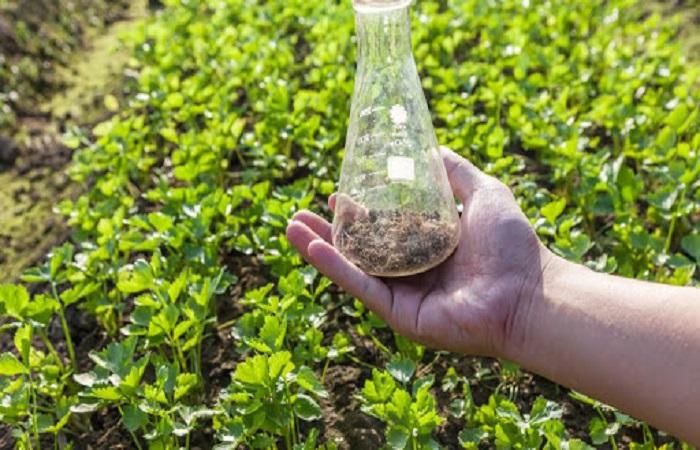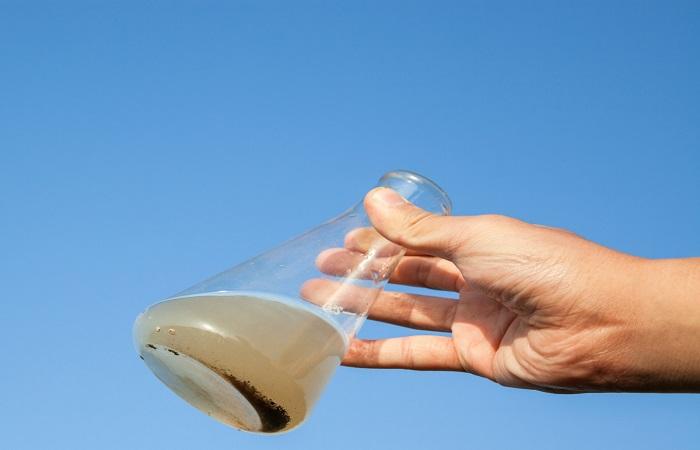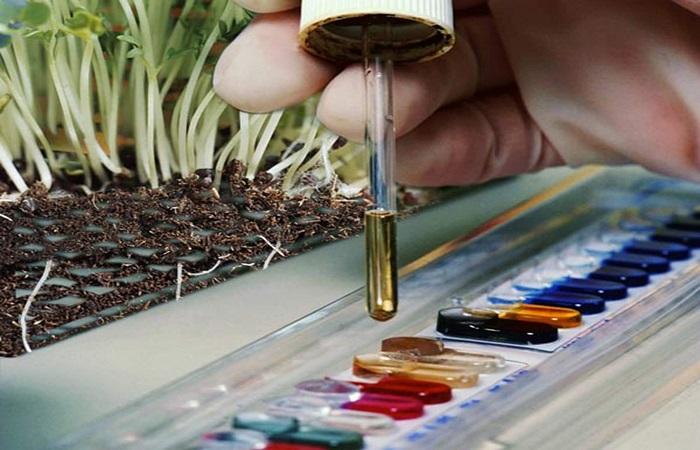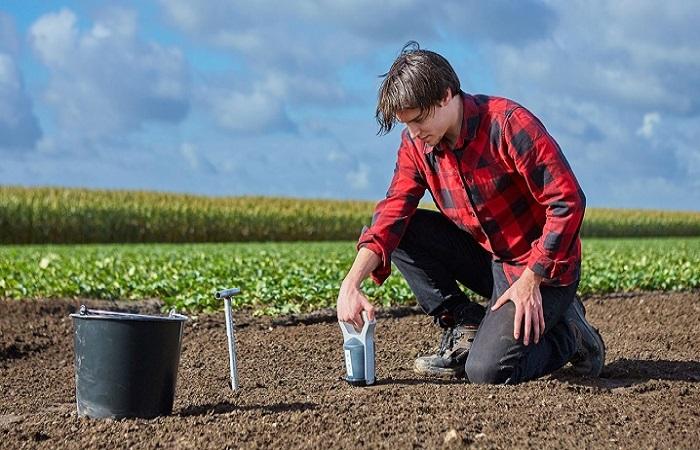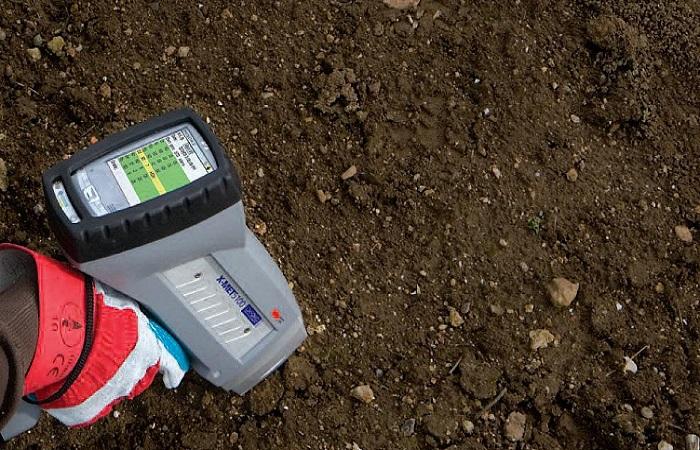A comprehensive soil analysis helps determine the main characteristics of the soil, its composition, and the content of nutrients in it. The information obtained as a result of soil analysis makes it possible to calculate the amount of fertilizer required for application and determine what agricultural means are needed to improve it. Let's look at what soil analysis is, what methods are included in it, and the research process.
What does soil analysis mean?
These are several studies that are carried out to determine the mechanical composition, physical and chemical properties, biological and agrochemical characteristics of it. To fully study the condition of the soil, it is necessary to include all methods, because all soil features affect the development and fruiting of crops.
Soil analysis includes studies of acidity, electrical conductivity, particle size distribution, cation exchange capacity, volume of organic matter, content of nutrients, basic and additional.
What is it needed for
A study of the properties and composition of the soil allows us to form an opinion about the expected fertility of the land, what agrotechnical measures need to be used to improve the soil, how much and what fertilizers to apply in order to achieve the planned yield.
Studying the composition and characteristics of soil is necessary to reduce the cost of purchasing fertilizers, which means in the long term a reduction in production costs. This is important for any agricultural enterprise, farm or private enterprise.
Analysis Techniques
For each sample, several studies are carried out to create a complete picture of the condition of the soil. A complete study includes mechanical, chemical, mineralogical, agrochemical and toxicological analyses. Each of them has its own characteristics, but they are all equally important.
Mechanical
A granulometric study of soil is carried out in order to determine the number of particles of different sizes in it. This is determined by using sieves and studying the rate at which particles settle in standing water.Depending on how much clay, that is, particles whose diameter is less than 0.01 mm, or sand, whose particles are larger than 0.01 mm, is in the sample, the type is determined by its mechanical composition. Soils can be sandy, sandy loam or loamy to varying degrees and clayey.
Chemical
To establish chemical indicators, chemical analysis is carried out. It consists of several studies: elemental analysis determines the percentage and total content of chemical elements in the earth.
The study of water extract, which is necessarily carried out for saline and saline soils, is necessary to establish the presence of water-soluble components in the soil. Chemical analysis also includes determining the absorption capacity of the soil, how saturated it is with mobile, that is, easily soluble, compounds of nutrient elements. Based on these results, you can determine how much and what fertilizers need to be applied.
Chemical analysis also determines the distribution of organic matter among fractions and the forms in which nutritional compounds and mineral elements are found.
Mineralogical
This type of test determines how much primary and secondary minerals are present in local soil. Separately, different fractions that make up the soil are examined - silty, colloidal and clayey. As a result, information is obtained about the origin of the soil and how weathering processes occur.
Agrochemical
Similar to chemical analysis, it determines the concentration of substances that directly affect cultivated plants and subsequently the animals that will feed on these plants.
Toxicological
This laboratory analysis is carried out to determine the concentration of potentially toxic substances in the soil: heavy metals, pesticide residues, petroleum products and others.
How does the research process work?
Research is carried out in the field or in the laboratory. For each method there is a procedure. But any of them must be carried out carefully to avoid errors or inaccuracies in the research.
First, the soil is sampled for analysis, for example, there is a well-known method called the “envelope method.” The method involves taking samples from one area from its four corners and taking a sample from the central part. From these different points you need to take the soil with a scoop or spatula. The need to take samples from different points is dictated by the fact that even in a relatively small area the soil can be heterogeneous.
Carefully place the collected material in polyethylene bags or paper. Do not touch the soil with your hands or smoke while collecting material - getting foreign substances on the sample can give incorrect information and distort the result.
It is desirable that the laboratory chosen for research has equipment and reagents that will allow the necessary research to be carried out. For example, to analyze the soil of a summer cottage or garden plot, chemical, radiological and microbiological research is required.For farmers and owners of agricultural enterprises, in addition to these analyses, toxicological and agrochemical analyzes are also needed.
Soil analysis must be done efficiently and accurately, since errors can lead not to cost savings, but to unnecessary costs. The result can be obtained 1-3 weeks after sending the samples to the laboratory.
A comprehensive soil analysis is necessary for a farmer, farmer or private owner. The study helps to understand what needs to be corrected if the characteristics are not normal, and how to do it. Based on the results of a comprehensive analysis, you can find out the composition of the soil and adjust it if necessary. You can identify acidity and level its parameters if necessary. Find out whether there are enough nutrients in the soil, in what ratio they are, what fertilizers to apply and in what quantities. Knowledge about the condition of the soil on the site allows you to work on it more rationally, to competently organize the cultivation of plants and their care.

